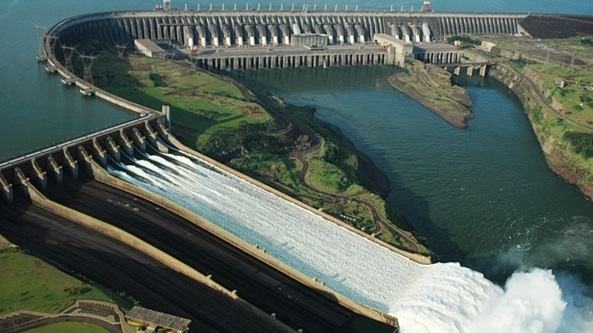
The scenario of hydroelectric plants in the Brazilian energy matrix has varied sources of generation, but it is still very competitive, until when should this last?
Renewable energy sources are gaining more and more space in the Brazilian energy matrix with the expansion of their generation potential together with hydroelectric plants. In the list of clean and renewable alternatives are Small Hydroelectric Power Plants (PCHs) and Hydroelectric Generating Centers (CGHs).
Read also
- 50 job openings for professionals with no experience in the role of ASSISTANT who have completed elementary school, announced yesterday, October 06th, in São Paulo
- Pulp industry with open jobs for maintenance technician, operator, mechanic, analyst and more
- Equinor starts construction of the world's largest floating offshore wind farm
- Pre-salt breaks record for the 2nd consecutive month in Oil and Natural Gas (LNG) production
Currently, the installed capacity of PCHs in the country reaches the mark of 4.958 MW, distributed by 436 plants. In addition, there are another 595 CGHs, which add another 501 MW of power to the system, according to the 2017 Generation Information Bank of Aneel (National Electric Energy Agency).
Brazilian energy matrix faces difficulties for environmental licensing
With the difficulty of environmental licensing for large projects of hydroelectric power plants (UHEs), the panorama of microgeneration in Brazil is auspicious and has been showing growth.
According to the Environmental Superintendence of the Energy Research Company (EPE), large-scale plants continue to be a priority for the supply of electricity in the country, despite the trend towards a decrease in their relative participation in the matrix due to the insertion of new renewable sources.
“In this context, it is expected that PCHs and CGHs will increase their relative participation in the Brazilian energy matrix. In absolute terms, the current expectation is that the increase in installed capacity of PCHs and CGHs over the next 10 years will be approximately 2.400 MW, according to the Ten Year Energy Plan (PDE 2024)”, says the EPE superintendence.
Challenges of hydroelectric plants on Brazilian soil
For the director of WEG Energia, Eduardo de Nobrega, the environmental difficulties involved in exploring large hydraulic projects have always been one of the driving forces behind the potential of PCHs and CGHs.
“We are optimistic about the prospects for this sector, as the tariff scenario in recent auctions was positive and brought back investor interest. This interest should intensify with the improvement of the economic scenario in Brazil in the medium term.” The executive also highlights the need to increase agility in the process of obtaining the necessary licenses in the Brazilian energy matrix to implement a PCH or CGH project.
“The recent increase in the power of CGHs to 5 MW already shows a positive sign and should contribute to the viability of some projects hitherto shelved. The Brazilian production chain is mature and ready to serve this market. At WEG, for example, we can produce and supply the entire electromechanical package for these plants, efficiently and competitively”, evaluates Nobrega.












